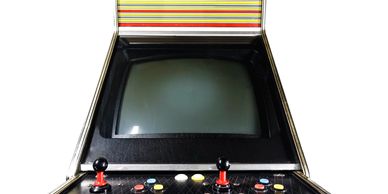Signed in as:
filler@godaddy.com
Signed in as:
filler@godaddy.com

The 1970s and 1980s were a revolutionary period for video arcade games, marking the birth of an industry that would forever change entertainment. From the rise of classic titles like "Pong" and "Space Invaders" to the dominance of arcade giants such as "Pac-Man" and "Donkey Kong," this era saw the explosion of gaming culture.
Here we explore the history of video arcade games, key manufacturers, major milestones, and a long list of fascinating facts and stories that modern gamers would appreciate at any arcade museum.

The 1970s laid the foundation for the arcade boom. Innovations in computer graphics, game mechanics, and microprocessors paved the way for interactive entertainment.
Key Milestones of the 1970s
Key Arcade Manufacturers of the 1970s

The 1980s saw the peak of the arcade industry, with advancements in graphics, sound, and gameplay that defined gaming culture.
Key Milestones of the 1980s


By the late 1980s and early 1990s, home consoles like the NES and Sega Genesis began overshadowing arcades.
However, arcade gaming never disappeared entirely. Today, modern barcades, retro arcades, and esports events keep the spirit alive.
